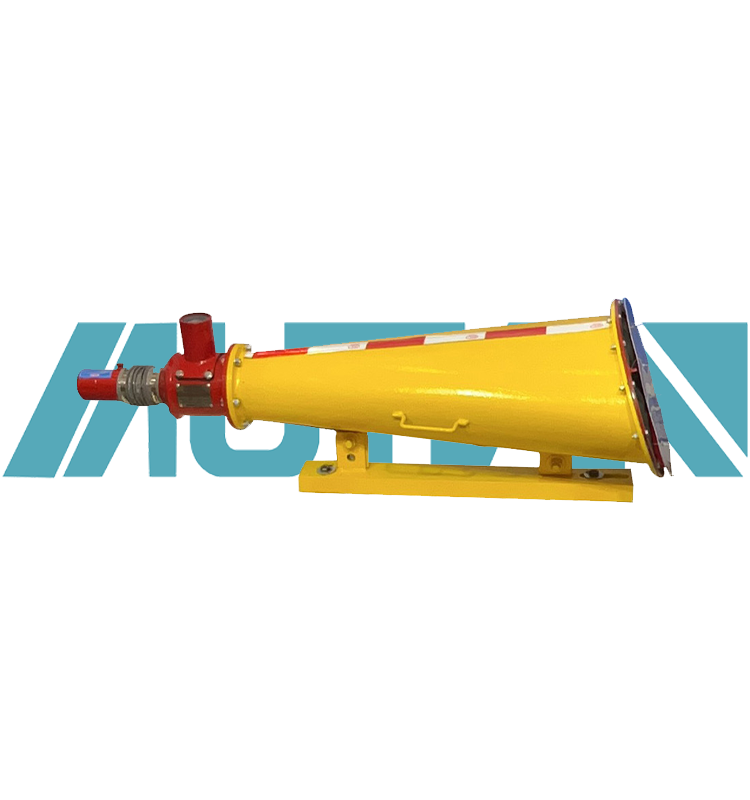 中文版
中文版



Welcome to contact us by phone:0086-0312-7969888
A flameproof device, also known as an explosion-proof device in some regions, is a specialized piece of equipment designed to operate safely in hazardous environments where the presence of flammable gases, vapors, combustible dust, or fibers could lead to potentially dangerous explosions. These devices are engineered to contain any explosion that may occur within their enclosures, preventing it from igniting the surrounding explosive atmosphere.
Key features and characteristics of flameproof devices include:
Robust Construction: Flameproof devices are constructed with rugged and durable materials capable of withstanding the forces generated by an explosion. The enclosures are designed to withstand high pressures and temperatures resulting from an internal explosion.
Sealed Enclosures: The enclosures of flameproof devices are tightly sealed to prevent the entry of flammable gases, vapors, dust, or fibers. This prevents potential ignition sources, such as sparks or arcs, from escaping the enclosure and causing an explosion in the surrounding hazardous atmosphere.
Certification and Standards Compliance: Flameproof devices undergo rigorous testing and certification processes to ensure they meet industry-specific safety standards and regulations. Certification is typically provided by organizations such as Underwriters Laboratories (UL) in the United States or according to the ATEX directive in the European Union.
Explosion-proof Components: Components within flameproof devices, such as electrical switches, motors, lighting fixtures, and communication devices, are specially designed and certified for use in hazardous environments. These components are constructed to minimize the risk of sparking or arcing, even under extreme conditions.
Classification: Flameproof devices are classified based on the type of hazardous atmosphere they are designed to withstand. Common classifications include Class I (for flammable gases and vapors), Class II (for combustible dust), and Class III (for ignitable fibers). Each classification has specific design requirements to ensure safety in different hazardous environments.
Proper Installation and Maintenance: Proper installation, operation, and maintenance of flameproof devices are essential for ensuring their effectiveness and safety. They must be installed by trained professionals according to manufacturer specifications and relevant safety codes and standards.
In summary, flameproof devices are critical safety equipment used in industries where the presence of flammable substances poses a significant risk of explosion. By containing and mitigating the effects of internal explosions, these devices help protect personnel, equipment, and facilities from the potentially devastating consequences of explosions.
X